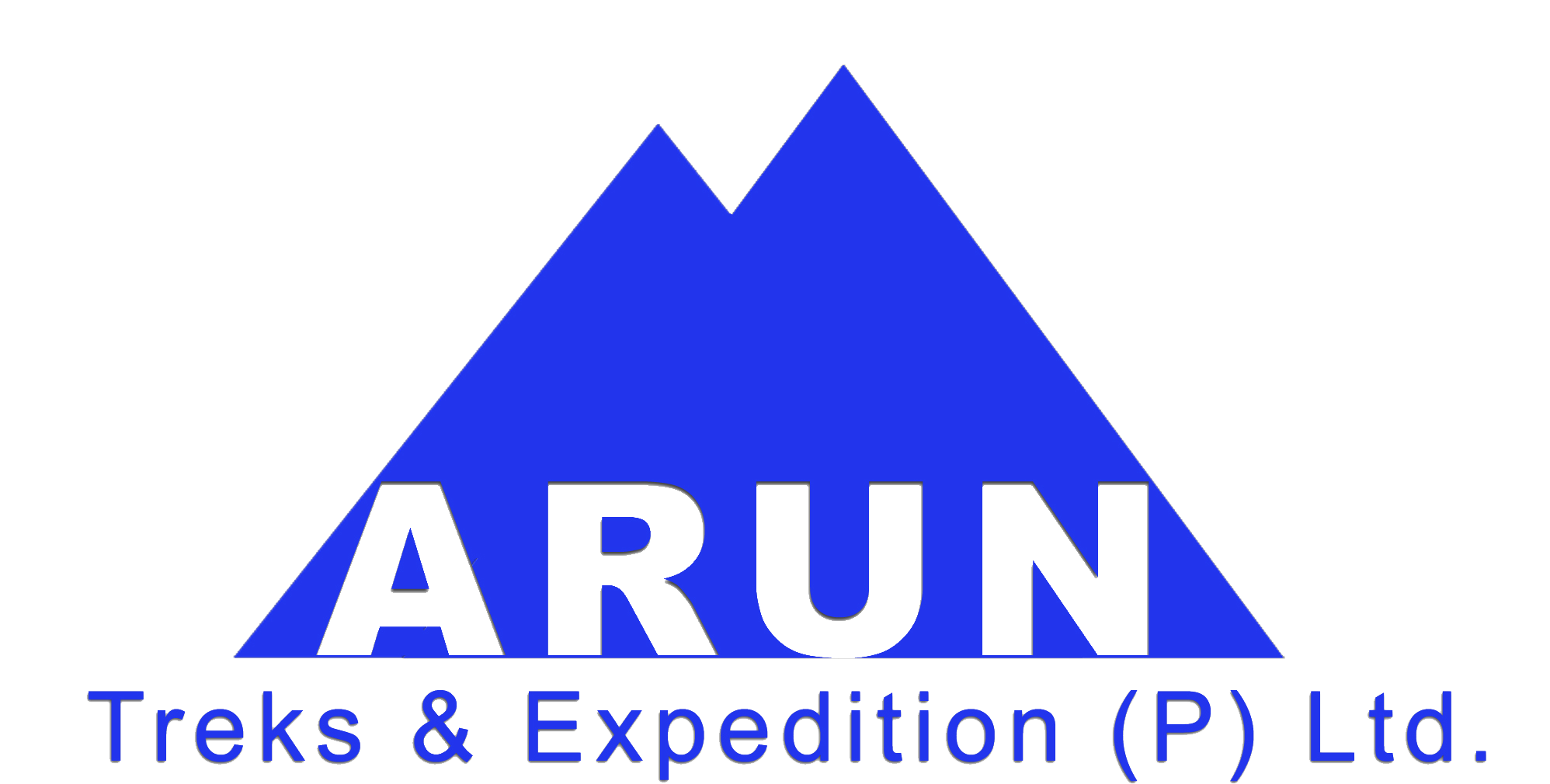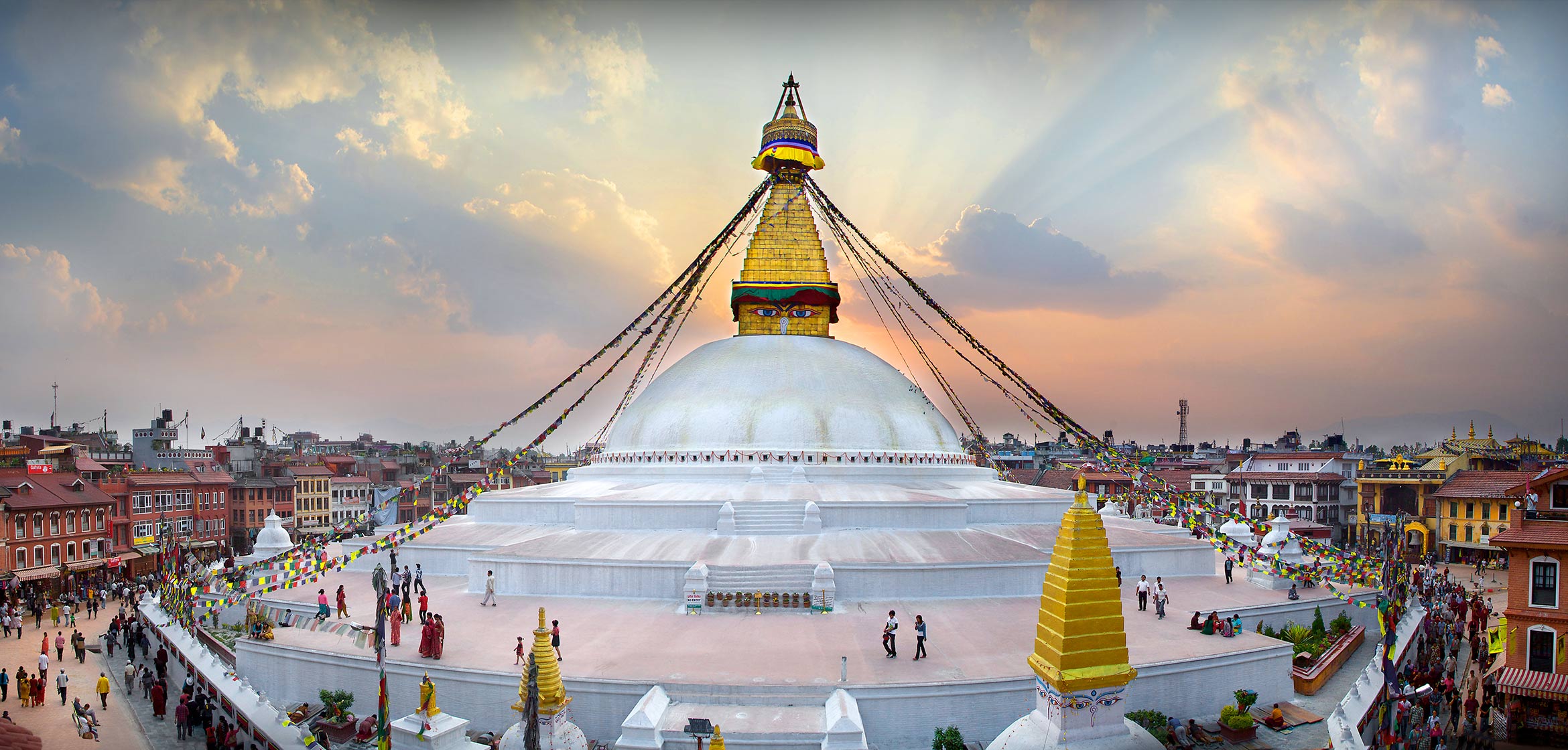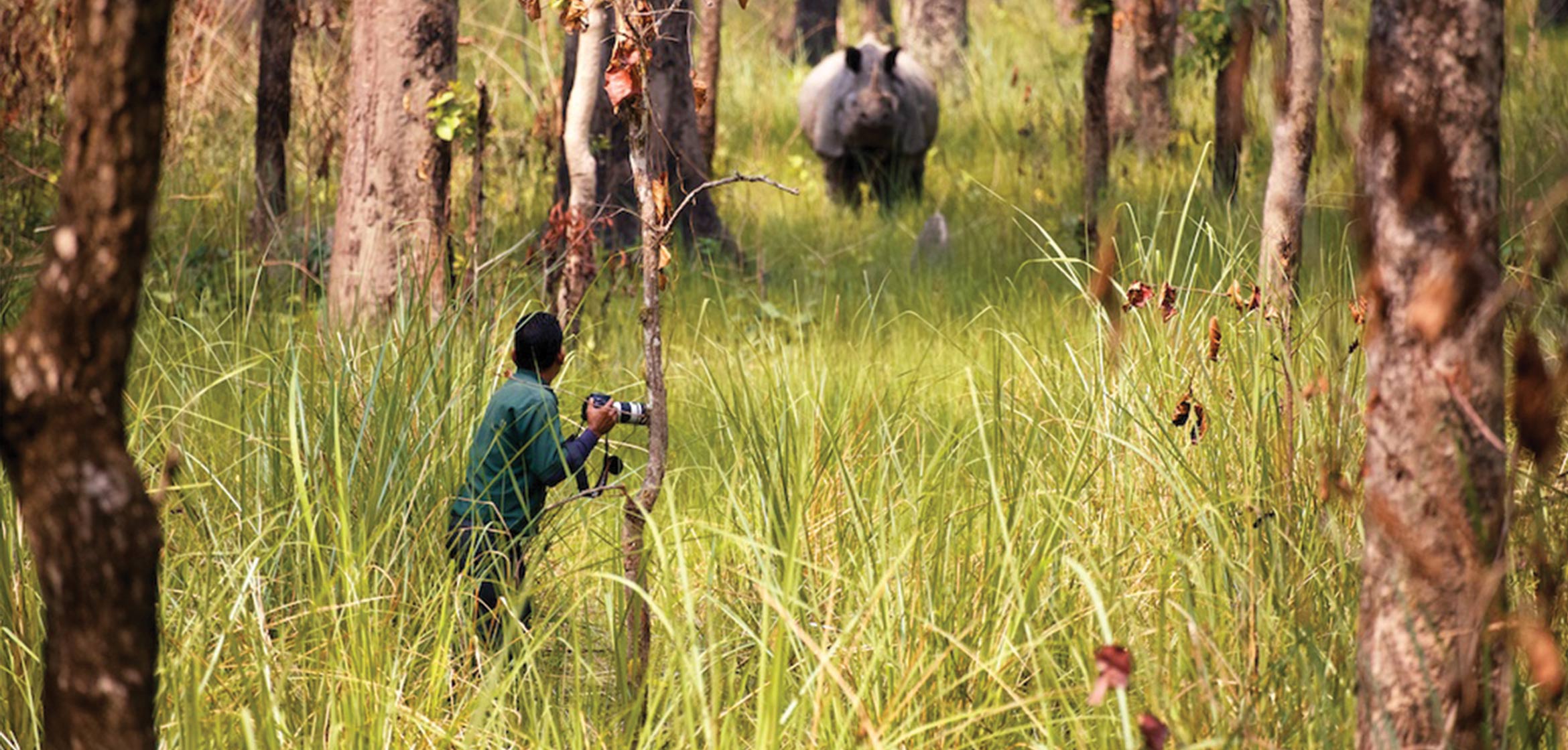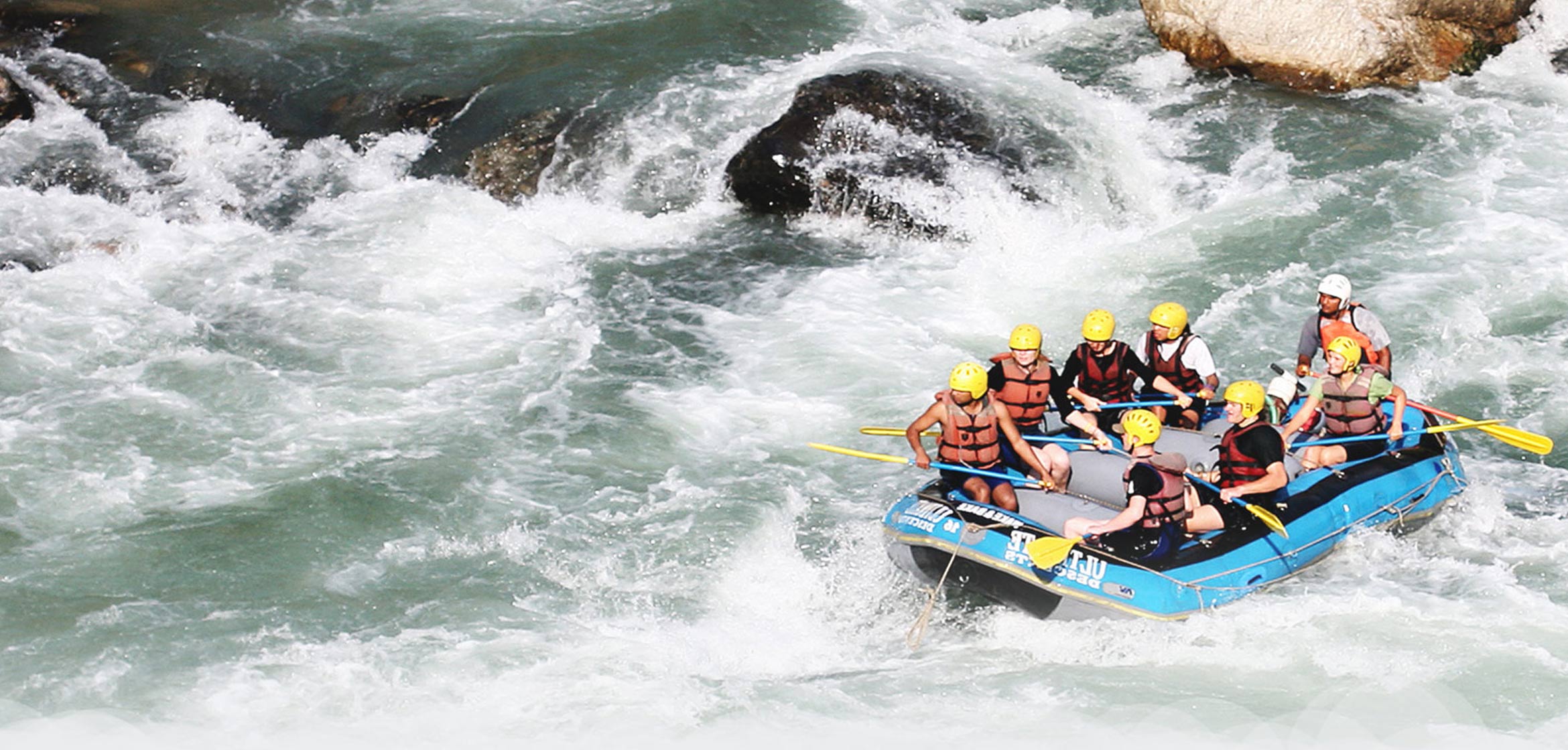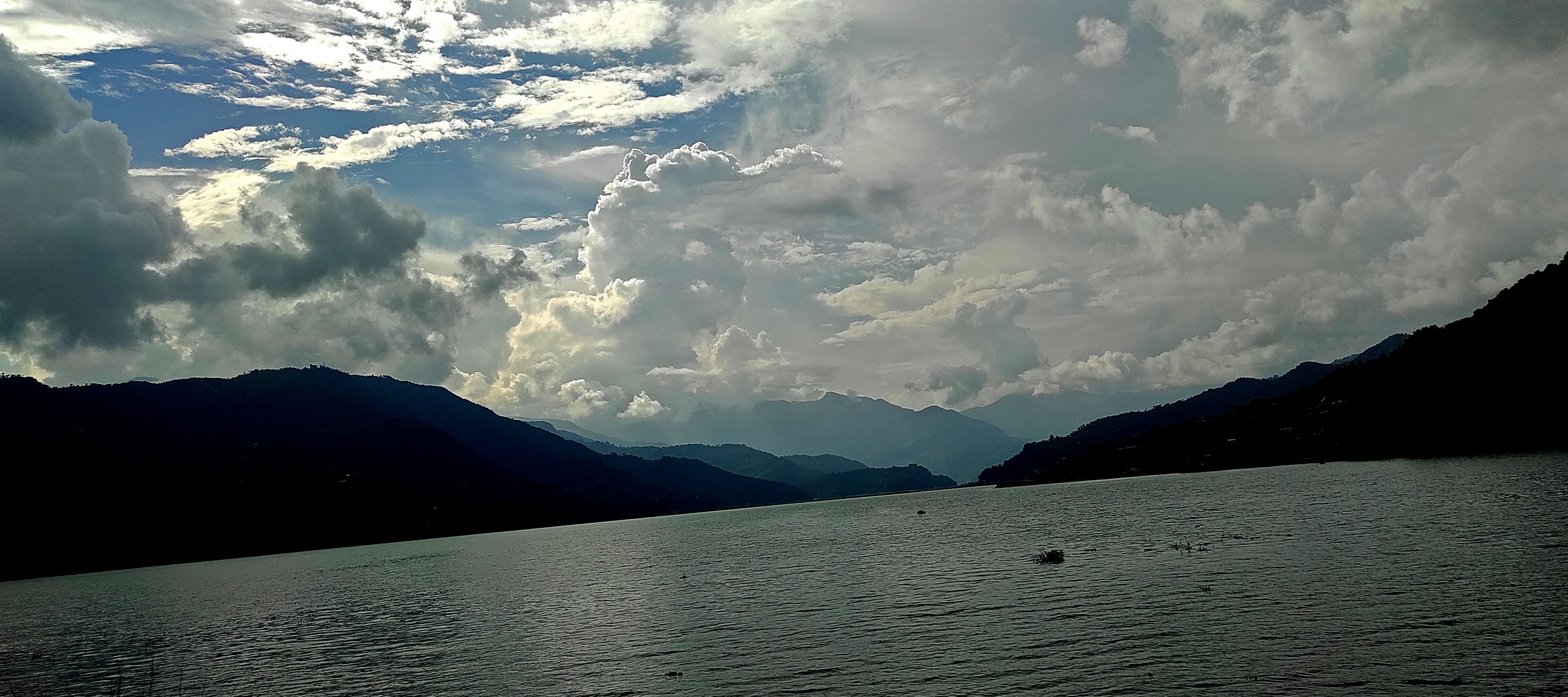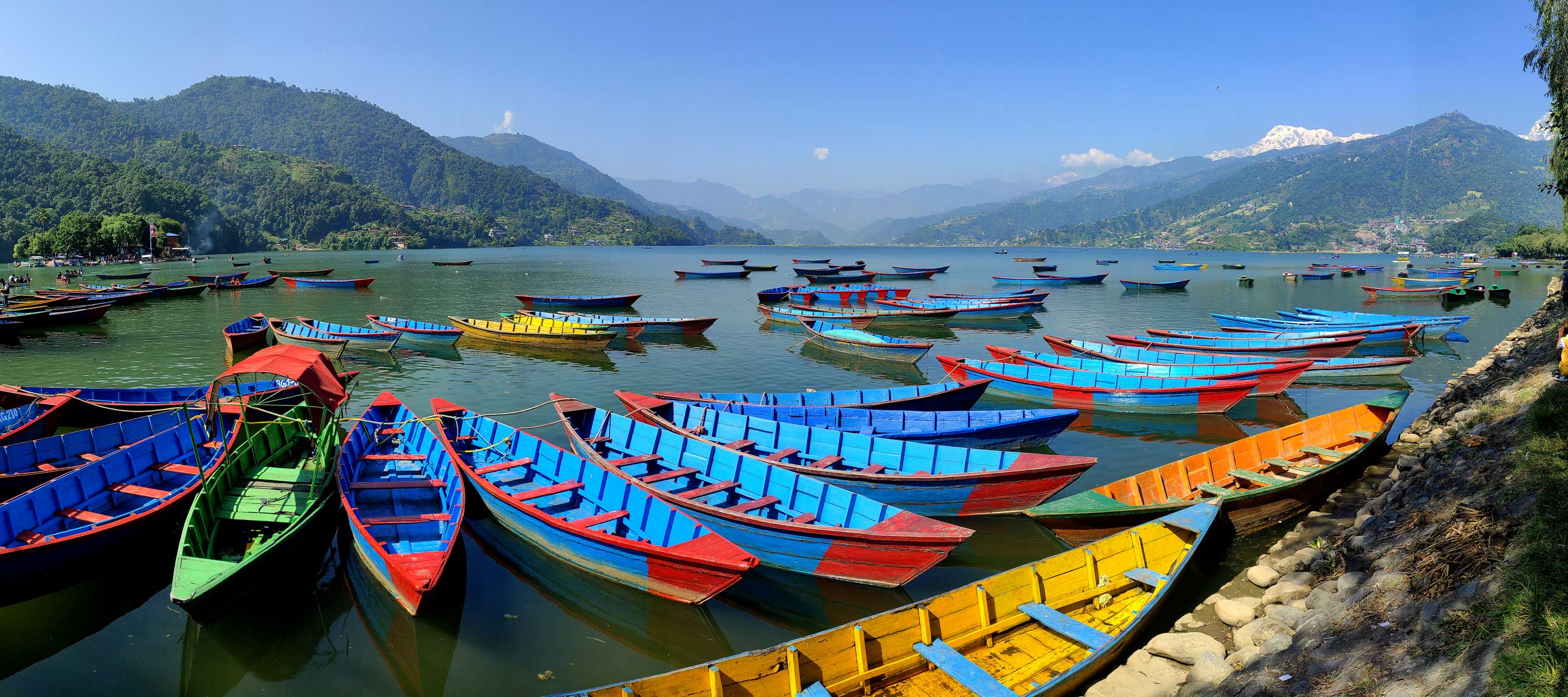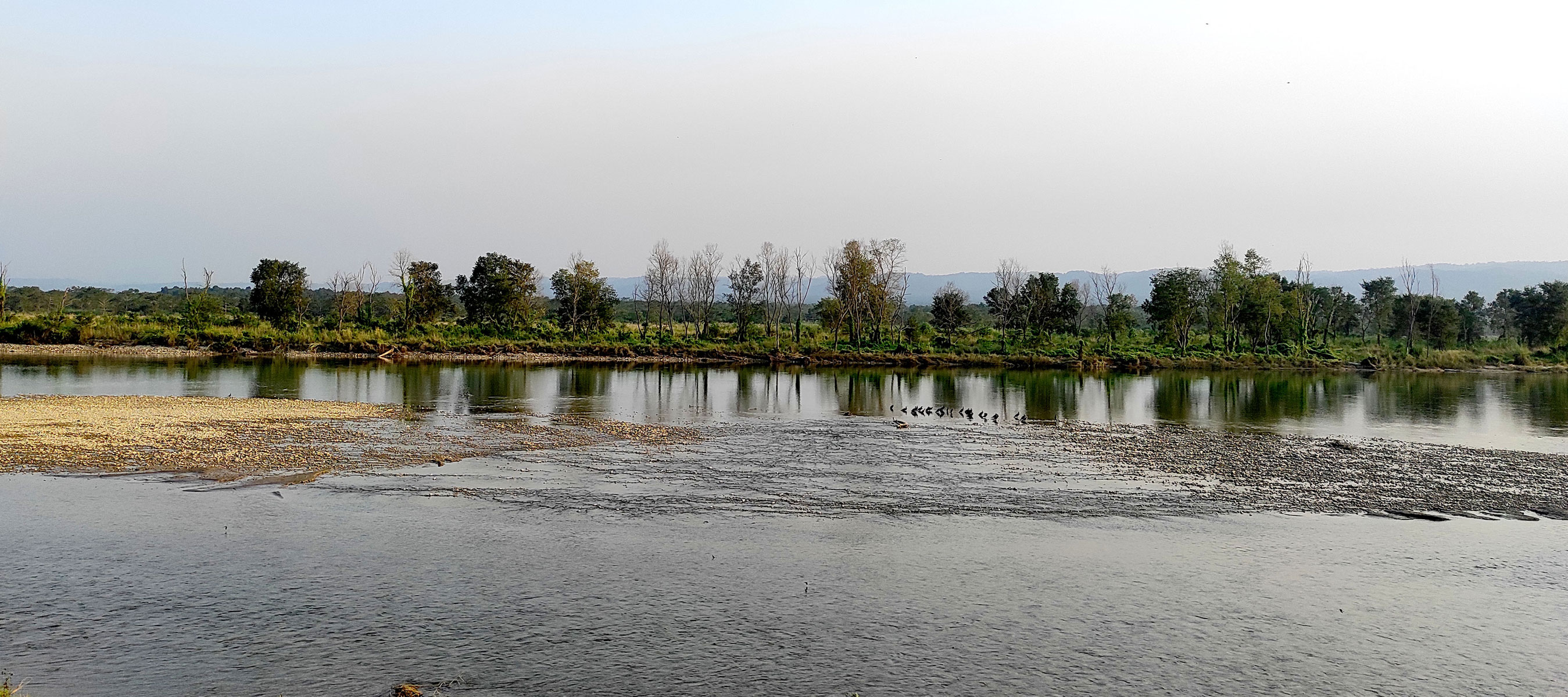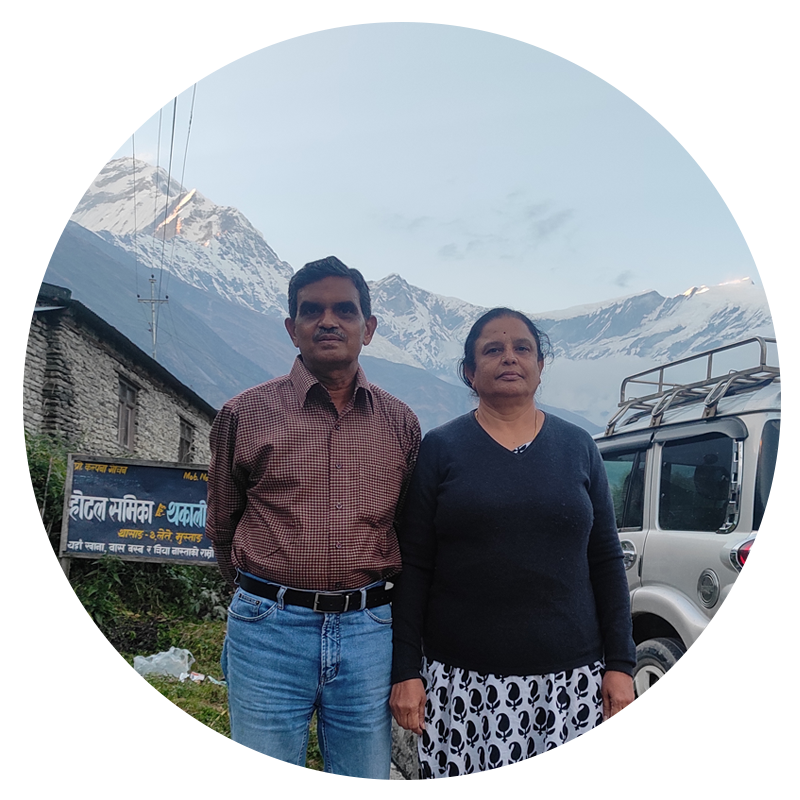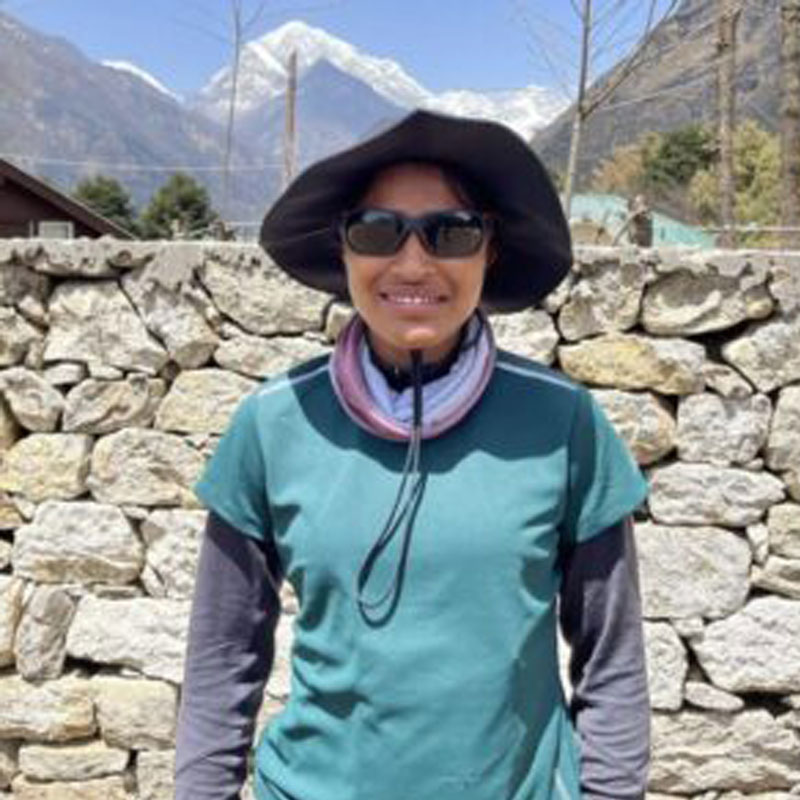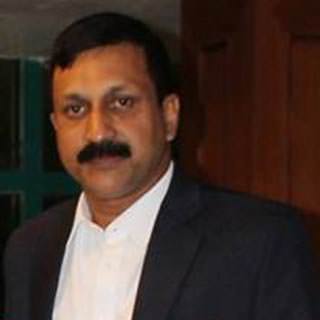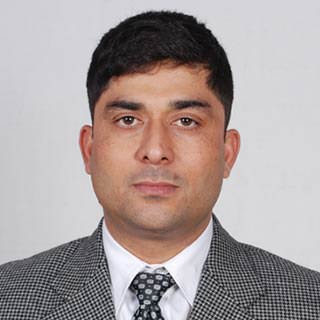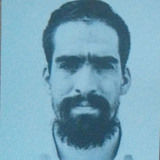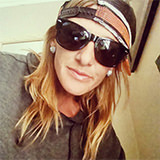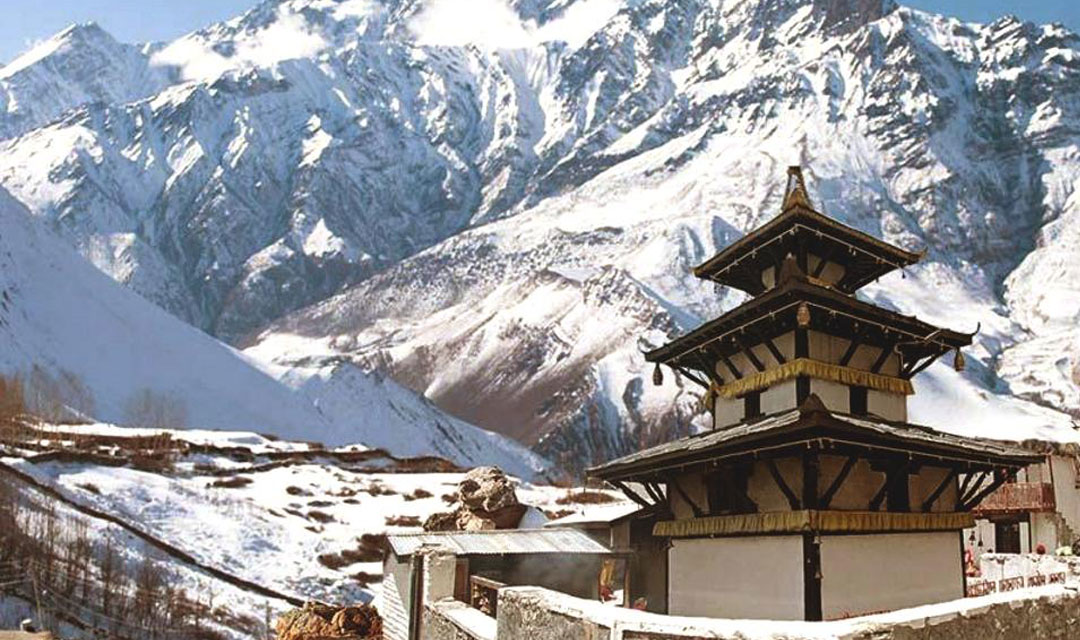
Nepal , a landlocked country in south Asia , covers an area of 147,181 square kilometers (56,827 sq miles), stretching 145-241 kilometers north to south and 850 kilometers west to east. The country is located between India to the south and China to the north.
Nepal is located along the spine of the majestic Himalayan mountain ranges. This unique location gives the country a beauty that is unmatched anywhere in the world. Travelers to the country say one thing about Nepal- the country could not be experienced fully on a single visit. The travelers have to come again and again to know the mountainous country and its people.
Nepal boasts a picturesque and diversified landscape from the worlds most beautiful and spectacular mountains to the green and subtropical lowlands. It is a land of natural contrasts, which can be discovered in many ways: by tours, trekking, climbing, jungle safari, mountain biking or by air on mountain flights. In Nepal , culture and tradition are still vivid. The lifestyles have changed little over the last centuries and the cities and villages have preserved their authenticity and unique charm.
.png) 04 nights 05 days
04 nights 05 days
• 02 night Kathmandu
• 01 night Nagarkot
• 01 night Dhulikhel
 Arrival-Kathmandu(half day sightseeing)
Arrival-Kathmandu(half day sightseeing)
 Kathmandu-sightseeing to Bhaktapur then drive to Nagarkot
Kathmandu-sightseeing to Bhaktapur then drive to Nagarkot
 Nagarkot-early sunrise tour-breakfast then drive to Dhulikhel
Nagarkot-early sunrise tour-breakfast then drive to Dhulikhel
 Dhulikhel sightseeing - drive back to Kathmandu
Dhulikhel sightseeing - drive back to Kathmandu
 Kathmandu-departure
Kathmandu-departure
Cost include
• Hotel accommodation
• All meals(B,L,D)
• All necessary land transportation by private vehicles
• Expert guide services
.png)
 05 nights 06 days(A traditional tour to Kathmandu/Rafting/Bandipur/Pokhara)
05 nights 06 days(A traditional tour to Kathmandu/Rafting/Bandipur/Pokhara)
• 02 night Kathmandu
• 01 night Bandipur
• 02 night Pokhara
 Arrival - Kathmandu(Half day sightseeing)
Arrival - Kathmandu(Half day sightseeing)
 Kathmandu-drive to rafting starts point, Trishuli River, rafting and drive to Bandipur
Kathmandu-drive to rafting starts point, Trishuli River, rafting and drive to Bandipur
 Visit traditional town, hills bank of Marsyangdi river; drive to Pokhara
Visit traditional town, hills bank of Marsyangdi river; drive to Pokhara
 Pokhara full day sightseeing, boating at Phewa lake, Mahendra Cave, etc
Pokhara full day sightseeing, boating at Phewa lake, Mahendra Cave, etc
 After breakfast, drive back to Kathmandu
After breakfast, drive back to Kathmandu
 Kathmandu-departure
Kathmandu-departure
Cost include
• Hotel accommodation
• Rafting cost with all necessary equipments.
• All meals(B,L,D)
• All necessary land transportation by private vehicles
• Expert guide services
.png)
 08 nights 09 days(Kathmandu/Rafting/Pokhara/Chitwan/Nagarkot)
08 nights 09 days(Kathmandu/Rafting/Pokhara/Chitwan/Nagarkot)
• 03 night Kathmandu
• 02 night Pokhara
• 02 night Chitwan
• 01 night Nagarkot
 Arrival - Kathmandu(Half day sightseeing)
Arrival - Kathmandu(Half day sightseeing)
 Kathmandu-drive to rafting starts point, Trishuli River, rafting and drive to Pokhara
Kathmandu-drive to rafting starts point, Trishuli River, rafting and drive to Pokhara
 Pokhara full day sightseeing, hiking Sarankot-return to Pokhara
Pokhara full day sightseeing, hiking Sarankot-return to Pokhara
 Pokhara-drive to Chitwan
Pokhara-drive to Chitwan
 Chitwan full day jungle activities
Chitwan full day jungle activities
 Chitwan-drive to Kathmandu
Chitwan-drive to Kathmandu
 Kathmandu-half day sightseeing-then drive to Nagarkot
Kathmandu-half day sightseeing-then drive to Nagarkot
 Early surise view-drive to Bhaktapur,city sightseeing-then drive to Kathmandu
Early surise view-drive to Bhaktapur,city sightseeing-then drive to Kathmandu
 Kathmandu-depature
Kathmandu-depature
Cost include
• Hotel accommodation
• All jungle safari activities with necessary national parks fees.
• Rafting cost with all necessary equipments.
• All meals(B,L,D)
• All necessary land transportation by private vehicles
• Expert guide services
.png)
 08 nights 09 days(Kathmandu/Chitwan/Lumbini/Pokhara)
08 nights 09 days(Kathmandu/Chitwan/Lumbini/Pokhara)
• 03 night Kathmandu
• 02 night Chitwan
• 01 night Lumbini
• 02 night Pokhara
 Arrival - Kathmandu-transfer to hotel
Arrival - Kathmandu-transfer to hotel
 Kathmandu whole day sightseeing
Kathmandu whole day sightseeing
 Kathmandu-drive to Chitwan
Kathmandu-drive to Chitwan
 Chitwan full day jungle activities
Chitwan full day jungle activities
 Chitwan-drive to Lumbing-half day sightseeing
Chitwan-drive to Lumbing-half day sightseeing
 Lumbini-drive to Pokhara
Lumbini-drive to Pokhara
 Pokhara whole day sightseeing
Pokhara whole day sightseeing
 Pokhara-drive to Kathmandu
Pokhara-drive to Kathmandu
 Kathmandu-depature
Kathmandu-depature
Cost include
• Hotel accommodation
• All jungle safari activities with necessary national parks fees.
• All meals(B,L,D)
• All necessary land transportation by private vehicles
• Expert guide services
.png)
 07 nights 08 days(Muktinath Darshan with pony trek)
07 nights 08 days(Muktinath Darshan with pony trek)
• 03 night Kathmandu
• 01 night Pokhara
• 03 night in Jomsom
 Arrival - Kathmandu(half day sightseeing)
Arrival - Kathmandu(half day sightseeing)
 Fly to Pokhara-transfer to hotel(half day sightseeing)
Fly to Pokhara-transfer to hotel(half day sightseeing)
 Early fly from Pokhara to Jomsom (2710m)-trek to Jharkot (3550m)
Early fly from Pokhara to Jomsom (2710m)-trek to Jharkot (3550m)
 Trek to Muktinath (3800m),Pooja worship and back trek to Kagbeni
Trek to Muktinath (3800m),Pooja worship and back trek to Kagbeni
 Kagbeni short trek to Jomsom & rest
Kagbeni short trek to Jomsom & rest
 Early morning flight to Pokhara-Kathmandu
Early morning flight to Pokhara-Kathmandu
 Kathmandu-half day sightseeing & evening celebration dinner
Kathmandu-half day sightseeing & evening celebration dinner
 Kathmandu-depature
Kathmandu-depature
Cost include
• Hotel accommodation & food(B,L,D)
• All necessary land transportation by private vehicles & National parks entrance fees
• Expert guide services
• Air ticket KTM/Pokhara/Jomsom round trip
Nepal , a landlocked country in south Asia , covers an area of 147,181 square kilometers (56,827 sq miles), stretching 145-241 kilometers north to south and 850 kilometers west to east. The country is located between India to the south and China to the north.
Nepal is located along the spine of the majestic Himalayan mountain ranges. This unique location gives the country a beauty that is unmatched anywhere in the world. Travelers to the country say one thing about Nepal- the country could not be experienced fully on a single visit. The travelers have to come again and again to know the mountainous country and its people.
Nepal boasts a picturesque and diversified landscape from the worlds most beautiful and spectacular mountains to the green and subtropical lowlands. It is a land of natural contrasts, which can be discovered in many ways: by tours, trekking, climbing, jungle safari, mountain biking or by air on mountain flights. In Nepal , culture and tradition are still vivid. The lifestyles have changed little over the last centuries and the cities and villages have preserved their authenticity and unique charm.
Some major places
Kathmandu Durbar Square
It is a complex of palace building, courtyards and pagoda temples built between the 12th and 18th centuries. It used to be the seat of the ancient Malla Kings of Kathmandu, and is the urban and ceremonial focal point of the city.
Patan Durbar Square
Patan Durbar Square, situated in the heart of the city, the centre constitutes the of visitor's attraction. It is full of ancient as well as medieval palaces, temples and shrines, noted for their exquisite carvings.
Bhaktapur Durbar Square
It is the former royal palace complex of the Malla kings of Bhaktapur. The main square of the city contains innumerable temples and other architectural showpieces like the Lion gate, the statue of King Bhupatindra Malla, the picture gallery, the Golden gate, the Palace of 55 Windows, the Batsala Temple and the Bell of Barking Dogs, the replica of Pashupatinath Temple etc.
Boudhanath
The stupa of Bouddhanath lies eight kilometres east of Kathmandu. This colossal and ancient stupa, one of the biggest in the world, features the eyes of Lord Buddha. The Lichchhavi king Kana Dev built it in the 5th A.D. It is built on an octagonal base inset with prayer wheels.
Swyambhunath(monkey temple)
This is one of the world's most glorious Buddhist chaityas. It is around 2000 years old. The chaitya, which forms the main structure, is made of brick and clay supporting the lofty conical spire capped by a pinnacle of copper gilt. Painted on the four-sides of the spire bases are the eyes of Lord Buddha. It is three kilometres west of Kathmandu City, and is situated on a hillock about 77m above the level of the Valley. This hill is a mosaic of small chaityas and pagodas.
Nagarkot
Nagarkot is a popular tourist resort of Nepal. It is situated 32km east of Kathmandu at an altitude of 2175m above sea level. The panaroma of the major peaks of eastern Nepal Himalaya including Mt. Everest can be seen from here. It is also very famous for sunrise and sunset viewing.
Dhulikhel
This ancient town is situated 30 kilometers east of Kathmandu on the side of the Arniko Raj marga (Kathmandu-Kodari Highway) on the way to the Nepal - Tibet boarder. A lovely place famous for its scenic beauty and tradition, one can have a panoramic view of the himalayas from Karyolung in the east to Himalchuli in the west.
Lumbini
Lumbini is situated in the Terai plains of southern Nepal. Listed as a World Heritage Site, Lumbini is being developed with international support as the supreme Buddhist pilgrimage and a symbol of world peace. The sacred garden where the Buddha was born converges in the Ashoka pillar which carries as inscription identifying the spot as the birth place.
Pokhara
Pokhara is the resort city of remarkable beauty. The serenity of Phewa lake and the magnificent summit of Machhapuchhre and the other peaks of the Annapurna range rising behind it create as ambiance of peace and magic. Clearly, the most stunning of Pokhara’s sights is the spectacular mountain panaroma and Phewa lake, the second largest lake in Nepal, the center of attraction. The other places you get to visit are Barahi Temple, World peace Pagoda, Devi’s fall, Mahendra Gupha(a limestone cave) and Bindhabasini Temple.
Chitwan National Park
Chitwan National Park is one of Nepal’s most popular tourist destinations and the first national park in Nepal. It was established in 1973 and granted the status of a world heritage site in 1984. You will encounter the one horned Rhino, several species of deer, and if you are fortunate enough, the royal bengal tiger along with enjoying and elephant back safari adventure in the jungle.
Trishuli River Rafting
One of the most popular rivers among whitewater thrill seekers. The Trishuli stretch is comparatively tame, but that does not mean that you don’t get to encounter white water. There is plenty along the way, and makes for a thrilling ride to Chitwan National park. You will bivouac in tents on a white sandy beach and enjoy delicious meals during the trip. Our experienced rivers guides will ensure your safety all along the way
| Trip Code | - | ATE-NepalTour |
| Altitude | - | Min- 1,400m to Max 3,710m (as per tour) |
| Grade | - |  |
| Activities | - | Nepal Tour |
| Trip Duration | - | -- |
| Trip Best Season | - | Autumn/Spring |
| Group Size | - |
 flexible as per request flexible as per request |
| Start/End at | - | Kathmandu/ Kathmandu |
| Destination | - | Nepal |
| Departure Date | - | Autumn/Spring |
| Cost | - | N/A |
| Hotel Info | - | as per request |

• Travel/town clothes (can leave extras in hotel in KTM)
• Sun hat suitable for snow conditions
• Sunglasses: Category 3 or4, glacier type, UV & polarized are best
• Snow goggles (as for skiing)
• Warm (fleece/wool) hat or beanie
• Fleece scarf or neck gaiter AND balaclava
• 1-2 pairs of thermal liner gloves
• Windstopper fleece gloves
• Heavy mitts with waterproof shell (note: mitts not gloves)
• T-shirt/long-sleeved shirt
• 2 Thermal tops
• Fleece jacket or pullover mid weight
• Fleece jacket heavy weight
• INCL Mid-heavy weight down jacket
• Rain and wind-proof jacket, preferably Gore-Tex
• Rain and wind-proof pants (best with full side zips)
• Trekking shorts&/or long pants lightweight
• 1-2 Thermal long pants
• Fleece long pants, mid weight
• Several pair's socks and underwear
• Trekking boots – we suggest strong leather boots
• Warm boots for camp (e.g. sheep skin boots) *Optional but great!
Other Personal Gear
• Sun screen, zinc cream and lip balm
• Wash kit (small personal toiletries, nail clippers and pack towel)
• First aid kit and blister kit
• Personal medicines including your usual medicines
AND 1 course each of (usually available in Kathmandu):
• Respiratory antibiotic (e.g. Amoxycillin)
• Gastrointestinal antibiotic (e.g. Ciprofloxacin)
• Gastro treatment (e.g. Imodium)
• Mild pain killers (e.g. Aspirin/paracetamol/ibuprofen)
• Throat lozenges
• Altitude medication (e.g. Diamox)

Day pack 70L - 85L
• Down suit
• One sport millet shoes
• Water containers: minimum 3L: e.g. Nalgene wide mouth bottles 1L + bottles or bladder another 2L capacity
• INCL Foam sleeping mat
• An extra sleeping mat (*recommended; e.g. Thermo-Rest or Ridge Rest
• 1 Summit down sleeping bag for high camps
• INCL Sleeping bag for base camp and trek use
• Water-proof bag for sleeping bag (e.g. dry bag or robust plastic bag(s))
• Head lamp (we suggest Black Diamond with LED), spare batteries
• Pee bottle — wide mouth Nalgenes are good *Optional
• Crampons Alpine style with rapid-fix bail type to suit your boots (e.g. Black Diamond Sabretooth)
• Gaiters (for snow) appropriate to your plastic & trekking boots
• Adjustable trekking pole(s)
• Ice axe: one only, 65-75cm in length
• Climbing harness with a belay loop, adjustable leg loops
• Belay/Abseiling gear: e.g. Black Diamond ATC
• Ascender e.g. Petzl expedition ascender
• 2 Non-locking carabineers
• 2 Locking carabineers (wide gate preferred)
Group Equipment Supplied
INCL Group medical kit (for altitude illness, trauma, reserve antibiotics); emergency oxygen and portable altitude chamber
INCL Satellite phone (pay for air time used: USD /minute)
INCL Sleeping tents, dining tent, all cooking and eating equipment & food on trek/climb
INCL 240VAC generatorat BC to recharge camera batteries
INCL Barrel or duffle bag for transporting personal gear by Yak and truck
INCL Climbing ropes, fixed safety ropes
INCL Snow anchors, ice anchors, rock anchors, v-thread cord
NOTE: You must have all of the above personal gear, clothing and equipment. It may be possible to buy some extra equipment (If forgotten) but don't rely on it.
R: This item is available to rent
INCL: This item included in package
*Note* :- May be change/replace as per tour
Arun Trek's trip web pages, and pdf info packs have lots of info about each specific adventure (search for your adventure here). You may also like to look at our photo galleries or videos for a taste of adventure, or download a wallpaper to inspire you at your computer. This page has answers to some more general Frequently Asked Questions (FAQS) about climbing.
As all of our mountain climbing adventures begin with a trek, you might also like to look at the Trekking FAQs.
If you have other questions, please ask our friendly team, by email, phone, and skype.
Q) Can I really climb a mountain? Do I need to have climbing experience? How can I climb Mount Everest? Can I climb the seven summits?
A) The level of experience and skills required depends on your particular goal (search for your adventure here). We suggest that people undertaking a first climb should have had at least overnight trekking experience. For those who wish to take on a technically difficult, remote or extreme altitude mountain we'd expect participants to have appropriate experience and skills. Some ideas for preparing for climbing goals are given at the bottom of this page.
Q) Why go on a guided expedition?
A) There are many reasons that might make a guided expedition attractive even for experienced climbers. These include someone else taking care of all those details (including thing as diverse as booking and confirming hotels, checking the number of evening snacks, ensuring reliable support, transport, permits, visas, team members, gear, etc etc etc etc). This saves your time and energy for the part that really matters - working on achieving your goal. The high levels of support and experience aim to give you the best possible opportunity to succeed, a high level of risk management, and the Arun leaders and staff are there for YOU!
Q) What type of people comes along?
A) Climbing expeditions usually attract people in their twenties to fifties. Participants tend to be seeking a good quality, safe, well supported, good value and enjoyable adventure rather than the lowest cost.
Q) How fit do I need to be? Will I have to carry a lot of weight? Should I be able to do 100 chin ups?
A) The fitter you are, the more fun you (and your companions) will have. You will find guidance on preparing for your expedition on each adventure's web page (search here), our info packs and trip dossiers. A minimum level of fitness would have you being able to walk all day on uneven, hilly ground, carrying your day pack, and be able to get up again the next day. Many climbs will require a higher level of fitness and strength so you can carry heavy gear to high camps and really exert yourself on summit day.
Q) What gear is provided?
A) Included are individual sleeping tents for the trekking phase of most climbing expeditions, with dining and kitchen tents. On the mountain participants share serious, proven mountain tents. Climbing teams are equipped with emergency communications and first aid equipment as well as more prosaic things like climbing and cooking gear. There is a detailed gear list for each adventure which outlines what we provide as well as what you should bring. (Search here for specific adventures and download the info pack.)
Q) What's the food like?
A) Food arrangements are specific to each adventure, but you get three meals a day while on the track. In cities included is breakfast and, depending on the trip and the nature of the activities may also cater for lunch and dinner for the group. In the Himalayas the kitchen staffs have been training for years and work magic over gas or kero stoves in their kitchen tent.
While trekking the cooks prepare a varied menu of wholesome, tasty and plentiful food using fresh ingredients where possible. A trekking breakfast in the Himalayas usually includes cooked foods e.g. eggs, tomatoes, cereal or porridge, toast & spreads and fruit and a selection of hot drinks.
Lunch is often soup and a packed lunch, or a cooked lunch. Dinners are generally soup, a main meal (one of many Asian or European style dishes) veges, and a dessert (fruit to custard to baked apple pie!) Drinking water: will be provided at camps (collected with care, filtered, treated with chemicals and/or boiled), and at lunch time where possible. It is wise to carry a small amount of purifying chemicals (e.g. Iodine or chlorine) with you, in case you happen to need water at an odd time. In the developing world care should be taken to avoid untreated water and potentially contaminated foods like uncooked salads and some fruit. Bottled water is available in cities, but of course you can treat tap water in your own bottle too.
On the hill we eat easy to prepare food, often prepared by the team with assistance from guides and staff: freeze-dried foods, crackers, soups, snacks etc. On big mountains it is often a challenge to eat, so we provide foods to tempt your appetite and give you sustenance.
Q) Who will be responsible for my safety?
A) The short answer - you! All participants are expected to behave in a responsible manner, taking due care of themselves and others. Your expedition leader is responsible for the group including participants and staff. He or she will advise, manage and assist everyone, sometimes with the support of an expedition first aider or doctor, and will be assisted by guides, sherpas, and you and your climbing colleagues, all of whom will have roles to play.
Q) What if I get sick or have an accident?
A) Despite the best precautions, people do sometimes fall ill, sprain something or develop symptoms of AMS. Our expedition leaders will manage your care keeping in mind what's best for you and the rest of the group. Precautions include first aid qualifications and kits, emergency communications, evacuation plans, your travel insurance cover and our pre-preparation and medical advisors.
Q) What about altitude sickness?
A) AMS Acute Mountain Sickness (or altitude sickness) is the body reacting to the stress of high altitude. It is a concern for trekkers in the Himalayas and elsewhere above about approximately; say (is that enough vagueness!) 3,000m. Exposure to high altitude can lead to a number of 'normal' physiological reactions as well as mild to extremely serious illness and even death. The treks are designed with relatively slow acclimatisation schedules, rest days and alternative options. And there are medications and a number of management strategies in place should they be required. Don't be unduly concerned, but please talk to us if you have questions.
Q) I don't have much time, can't we do it quicker?
A) The adventures are designed around what we feel is the optimum itinerary, which incorporates adequate time for the suitably fit participant to do the climb comfortably; flexibility for weather, illness, unforeseen delays; time to enjoy the experience, your climbing colleagues and staff; learn about your surroundings if you wish; and, for altitude adventures, a fairly slow acclimatisation regime to minimise the risk of altitude sickness and maximise your chance of reaching your goals. All while also trying to minimise your time away from home. We would generally not recommend shorter itineraries (such as those used by less scrupulous operators) unless you were genuinely prepared to turn back if you (or your travel companion) becomes affected by AMS. If you really don't have the time available, we can perhaps suggest an alternative itinerary or goal that will work for you.
Q) My friend would like to visit, but isn't really interested in climbing...
A) Your friend, spouse, family, colleagues may like to join you on the trekking phases of the expedition, and could stay in Base Camp or Advanced Base Camp, depending on the trip, when you are on the hill. If they want to accompany you to our base city (e.g. Kathmandu) we can easily arrange extra accommodation, and places on our day tours, but we may also be able to arrange a series of day trips, a short relaxing trip into the country-side, scenic flights above the Himalayas, wildlife safaris and so on. Ask us for ideas, or suggest your own.




